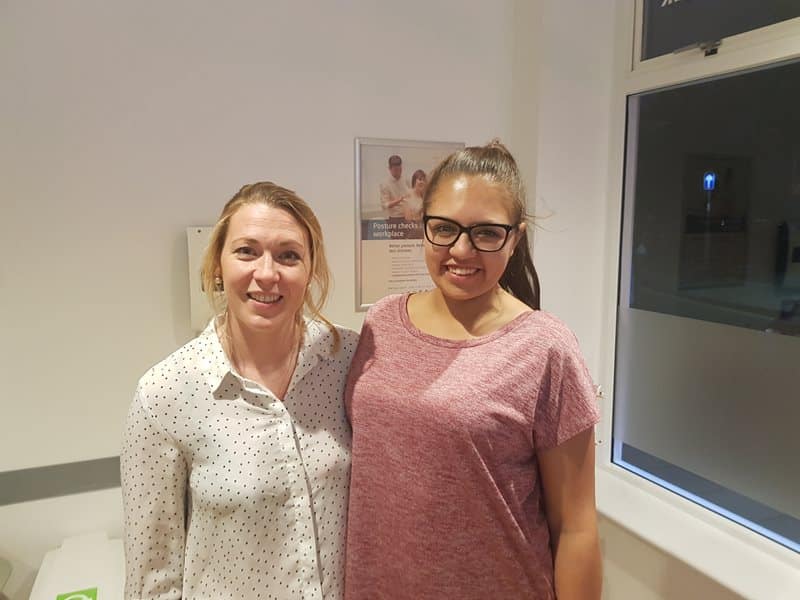Neck Pain Treatment, Causes and Support
How Common Is Neck Pain?
Neck pain is unfortunately a frequent ailment, with nearly all of us experiencing it at some point in our lives. The ailment is caused by a plethora of activities, from long sitting hours at work to texting on your phone. Neck pain is common in both young and old people and is often the result of poor posture, bad sleeping positions or an underlying medical condition.
Neck pain can be a real nuisance; it’s no wonder the phrase “pain in the neck” exists! Unfortunately, many individuals have accepted this agony as part of their daily lives and often attribute it to stress or simply working at a desk for too long. However, neck pain can be caused by a variety of underlying issues.
4 Common Causes of Neck Pain
1. Twisted or Locked Neck
Acute torticollis, otherwise known as a twisted or locked neck, is the result of harm to the neck muscles and joints. It can be caused by a range of factors including bad posture, improper sleeping positions, poor posture whilst driving and carrying heavy bags for extended periods.
Wear and Tear in the Neck (Cervical Spondylosis)
Neck pain can be caused by wear and tear to the bones and joints in your neck. This leads to stiffness, inflammation, reduced movement, and pain down the arms. Many people also experience numbness, tingling, and weakness in the arms and hands. Neck pain caused by wear and tear is particularly common among the over 50s.
Neck Pain Caused by Whiplash
Whiplash is caused by a sudden movement of the head, commonly caused by an impact such as a car accident, although it can be caused by any sudden impact that causes the neck to overstretch. This damages the tendons and ligaments causing agonising neck pain. Whiplash can also cause tenderness, headaches and limited, painful neck movements.
Neck Pain Caused by a Pinched Nerve (Cervical Radiculopathy)
Neck pain can be caused by pressure on a nerve in the neck. This nerve pressure can cause the symptoms to radiate down the arm. These include pain, pins and needles, and loss of sensation in the arm.







